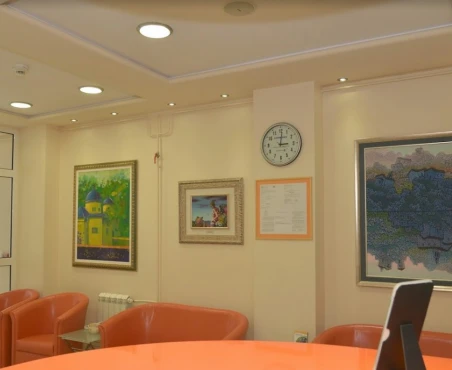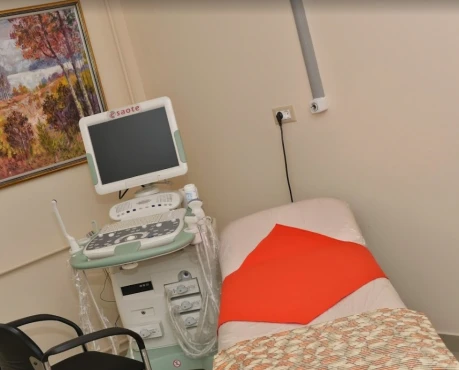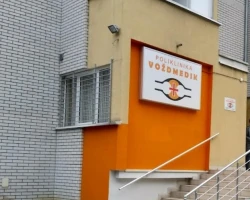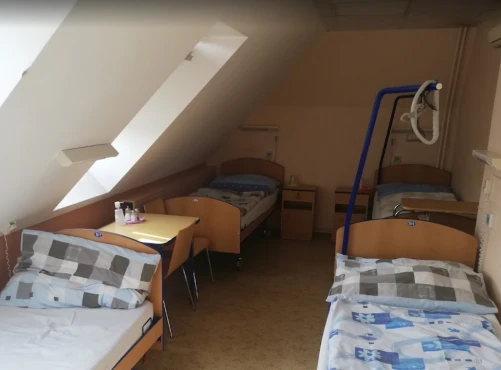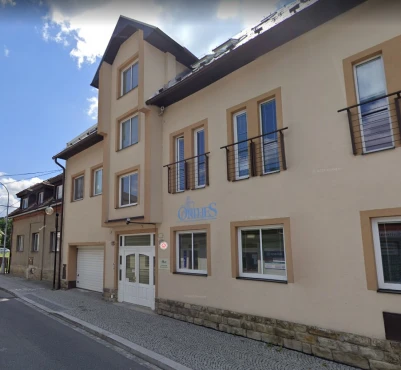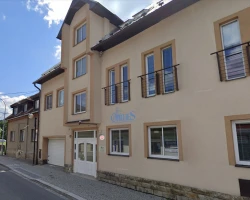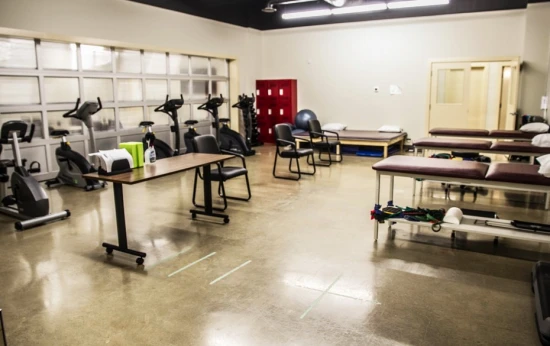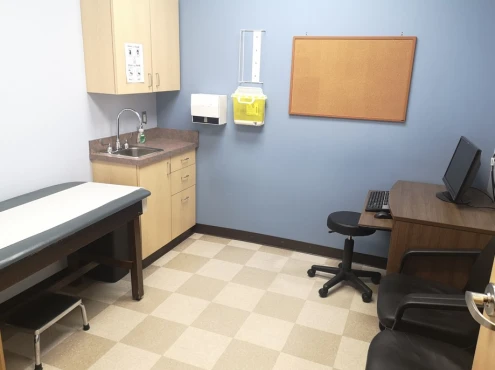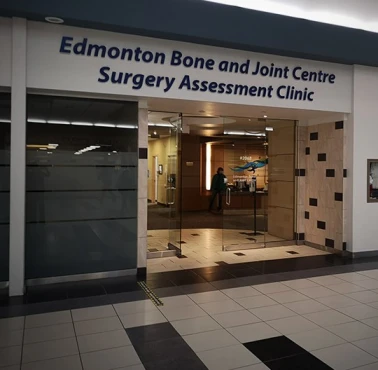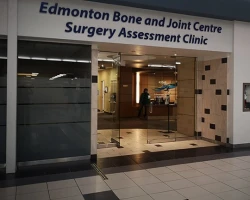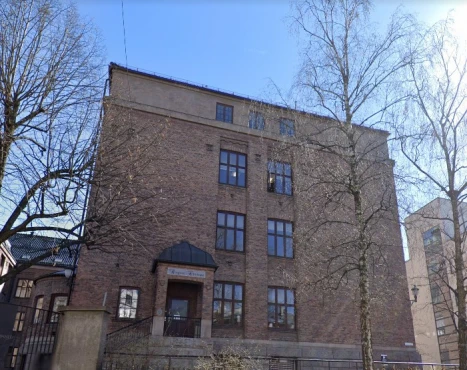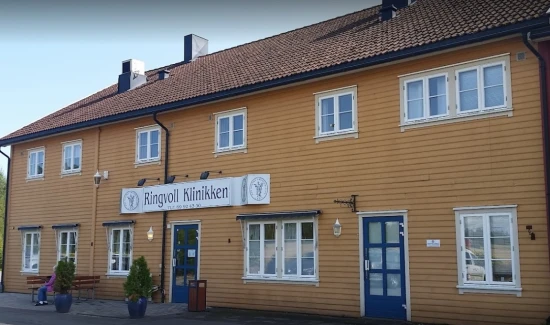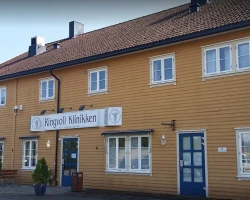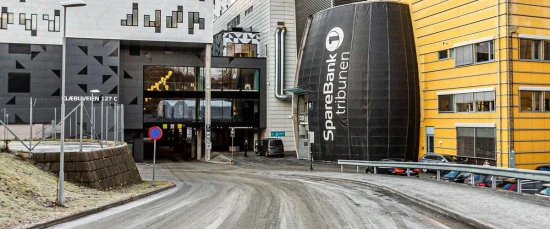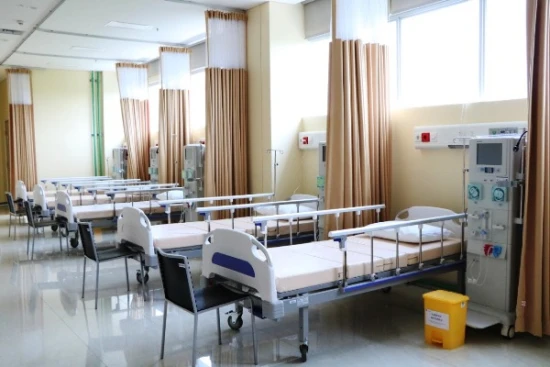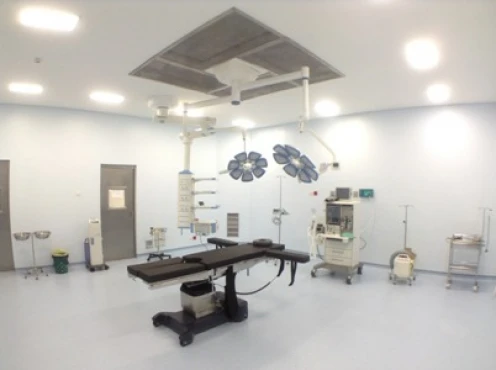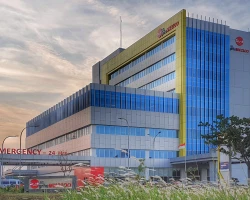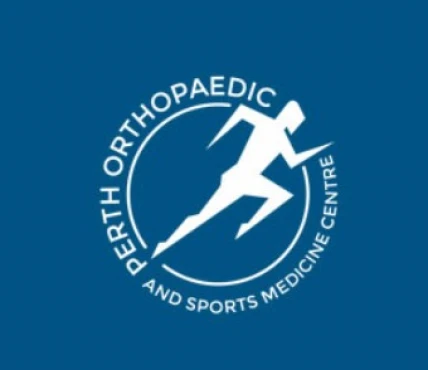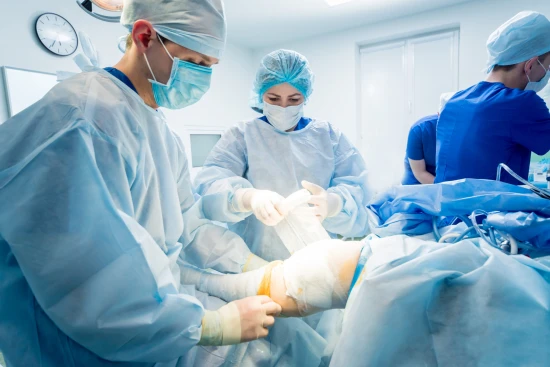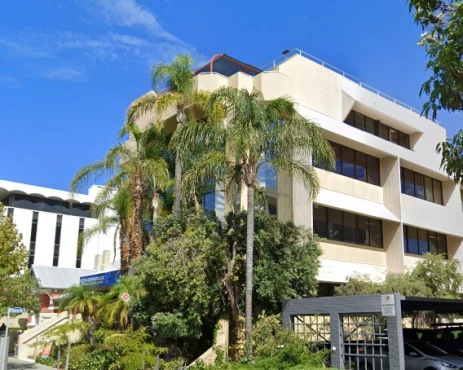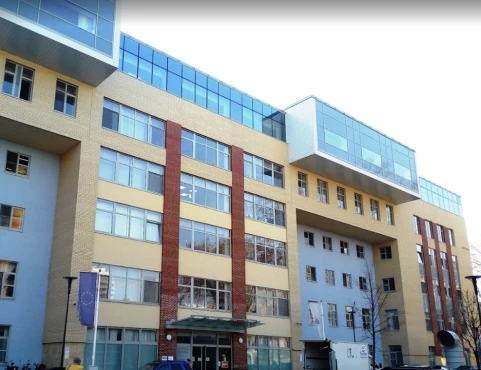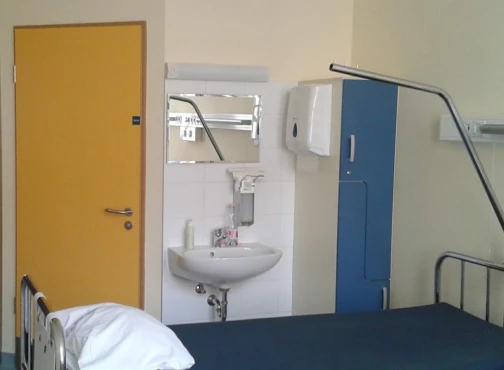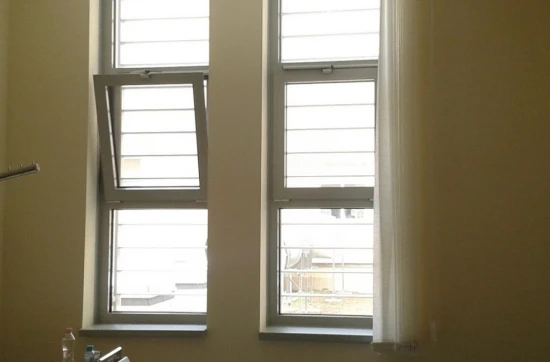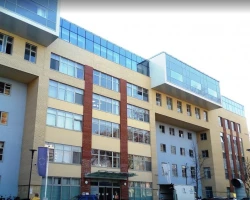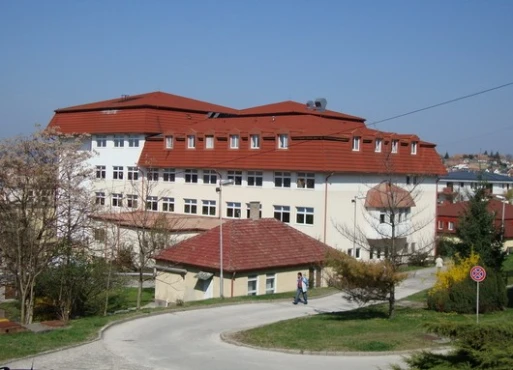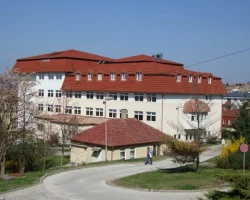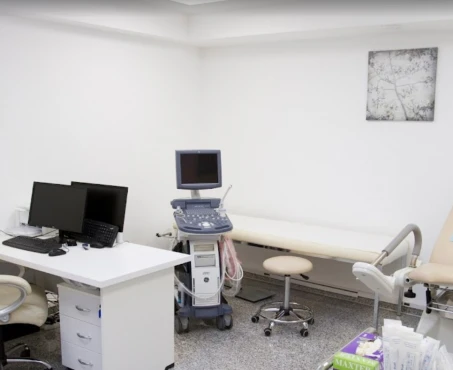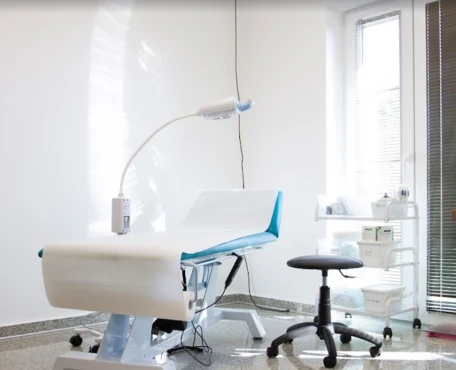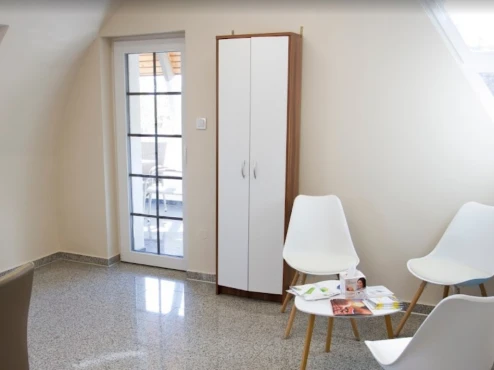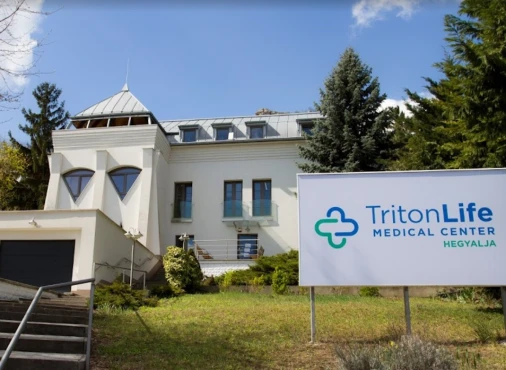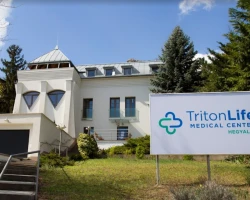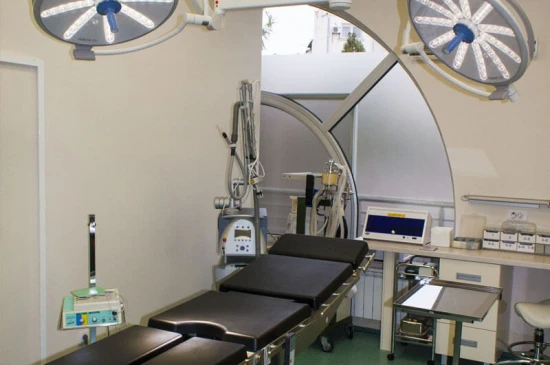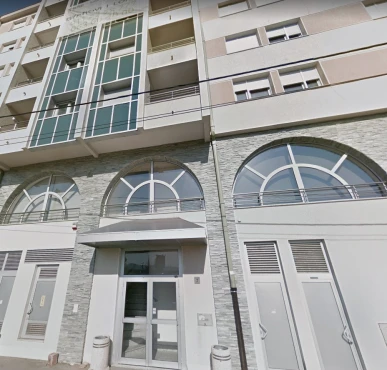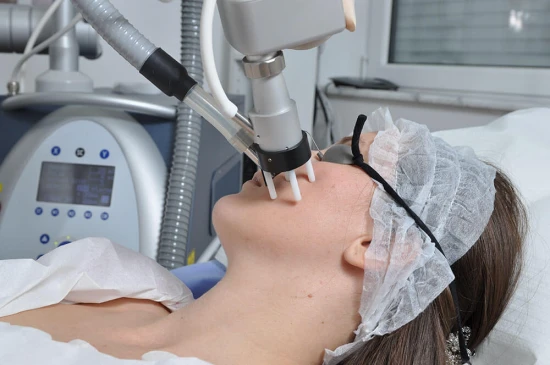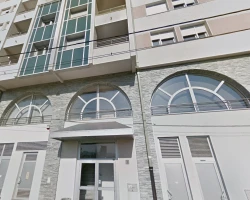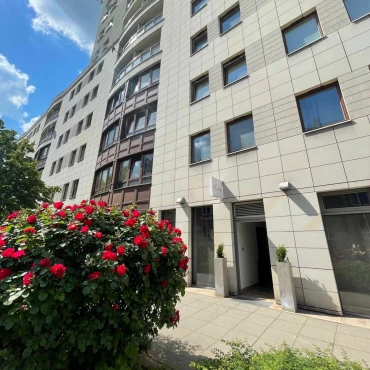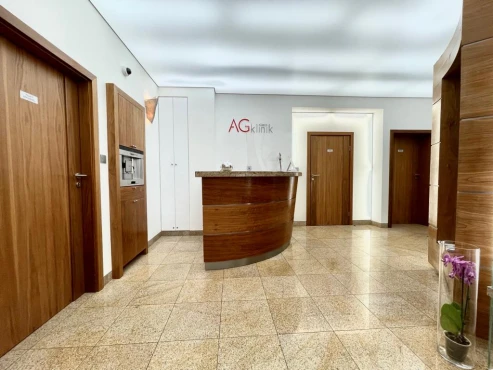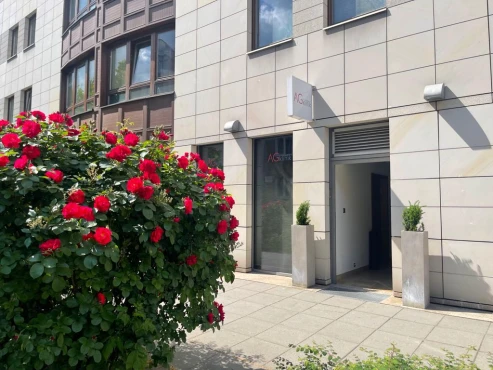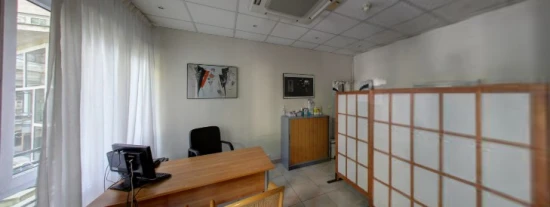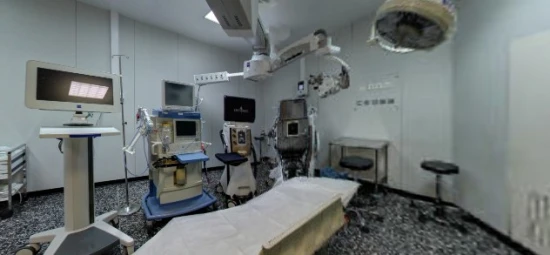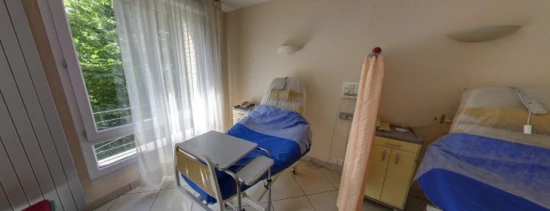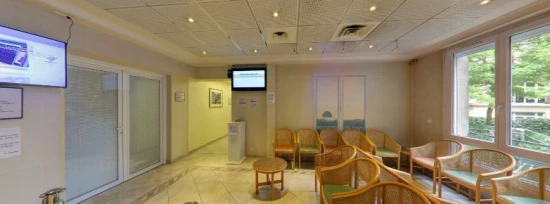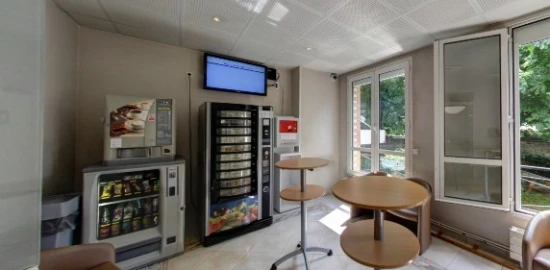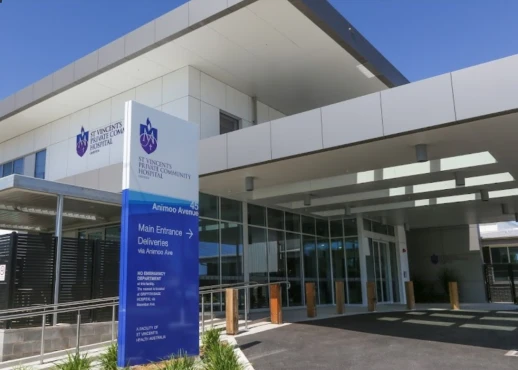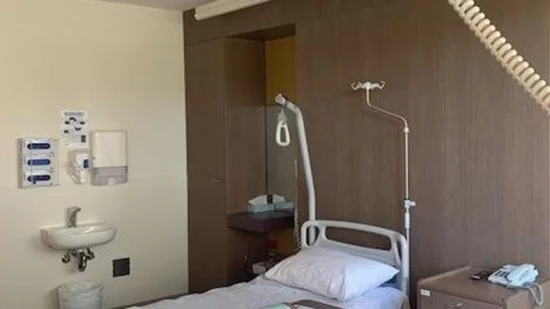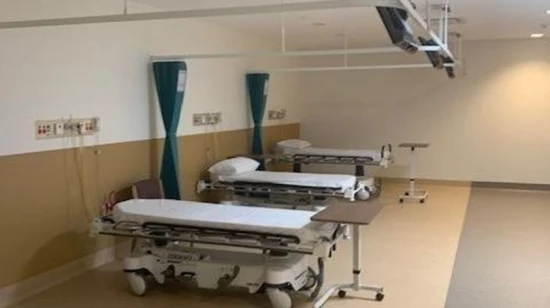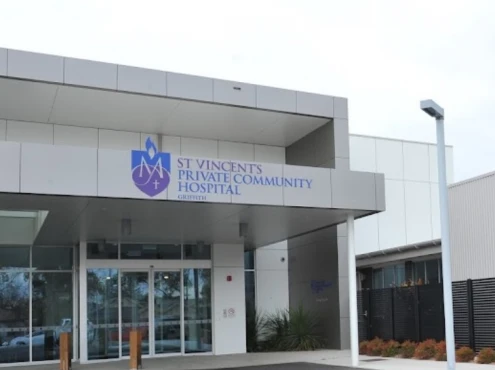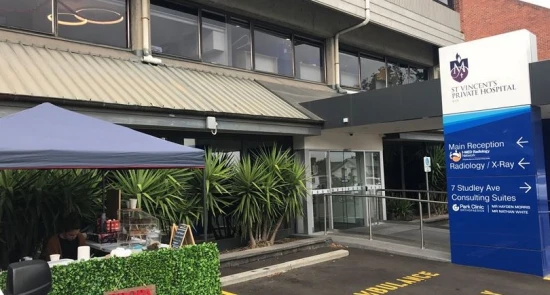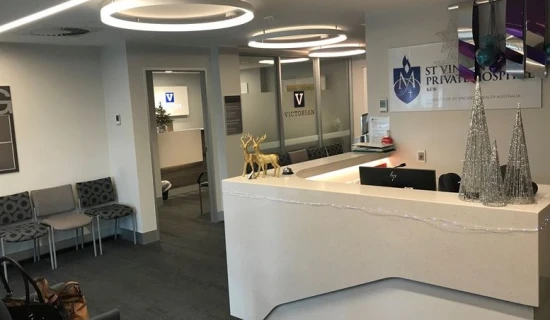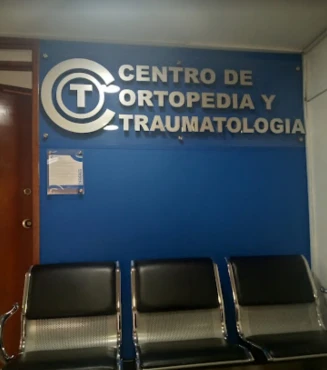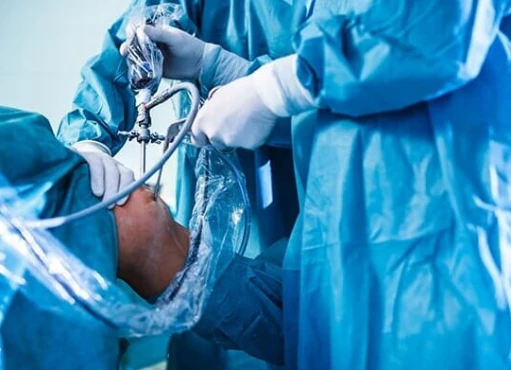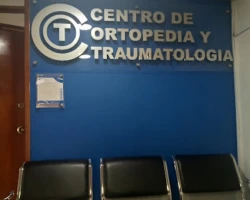Introduction
The ankle joint is a movable joint between the lower ends of the tibia, fibula, and the foot’s talus. The ankle joint is heavily loaded, so it is reinforced with ligaments. Ankle injuries are among the most common musculoskeletal issues, affecting athletes, active individuals, and the general population alike. These injuries range from mild sprains and strains to severe fractures and chronic instability, impacting mobility and quality of life. Understanding the types, causes, symptoms, treatment options, and prevention strategies is crucial for effective management and recovery.
Types of ankle injuries
- Sprains: Injuries to the ligaments caused by overstretching or tearing, often due to twisting or rolling the ankle.
- Strains: Injuries to the muscles or tendons around the ankle, resulting from overstretching or overuse.
- Fractures: Breaks in one or more of the bones forming the ankle joint, often requiring immediate medical attention.
- Dislocations: Occur when the bones in the ankle joint are forced out of their normal alignment.
- Tendonitis and Tendinosis: Inflammation or degeneration of the tendons around the ankle, often due to overuse or improper footwear.
Causes of ankle injuries
Ankle injuries usually occur due to excessive stresses caused by certain movements, carelessness, etc. Risk factors are both sports and a sedentary lifestyle. Uncomfortable shoes, ice, unevenness on the sidewalk, etc., can cause damage to the ankle and its ligaments. The primary symptoms of injuries are as follows:
- localized pain of varying severity up to the inability to stand on the affected leg;
- limited mobility;
- redness and swelling of the ankle;
- dislocations and fractures may result in deformity or hemorrhages of the joint.
Risk factors include previous ankle injuries, lack of conditioning, inadequate warm-up, and poor technique in sports or activities.
Signs of ankle injuries
- there’s a sharp pain at the moment of injury;
- swelling develops at the site of the injured ligament immediately after the injury;
- there’s a gradual bruising of the skin;
- movement in the ankle joint causes pain;
- the injured person cannot lean on the injured leg while walking;
- if there is a ligament tear, you can hear crunching and cracking during movements in the ankle joint.
Diagnostics
In ankle injuries, the first thing to do is to ensure the bone is not damaged. To rule out a fracture, radiography of the foot and ultrasound are performed.
For mild to moderate injuries, no other additional diagnostics are usually required. The doctor will assess the condition of the joint during the examination and prescribe the appropriate treatment.
If a severe injury is suspected, the doctor prescribes magnetic resonance imaging. This study allows clear layer-by-layer slices of the ankle to be obtained and, if necessary, a three-dimensional model recreated.
Treatment
Treatment varies depending on the type and severity of the injury:
- Conservative Treatment: Includes rest, ice, compression, and elevation (RICE method), along with over-the-counter pain relievers for mild to moderate injuries.
- Physical Therapy: Essential for restoring strength, flexibility, and stability to the ankle following injury.
- Bracing or Casting: Used to immobilize the ankle and allow ligaments or bones to heal properly.
- Surgery: Required for severe fractures, dislocations, or cases where conservative treatment fails to restore ankle function.
The nature of the specific injury determines therapy for this type of injury. In the case of sprains, the ankle needs rest after first aid. In the case of sprains and fractures, it is necessary to restore the correct position of the bones.
A variety of techniques and methods are used to treat an ankle joint injury, including:
- medications are prescribed to relieve the pain symptom, reduce swelling;
- surgical intervention for complex injuries;
- comprehensive rehabilitation programs that involve physical therapy, massage, physiotherapy, and other modern methods of treatment of ankle joint injuries.
The treatment of ankle ligament sprain is not complicated; this injury is considered mild. It is important to provide the victim with first aid timely and correctly. Cold is applied to the joint, and then it is fixed with an elastic bandage. After that, it is necessary to consult a traumatologist to clarify the diagnosis.
A moderate injury is a partial tear of a ligament. The victim should be taken to a trauma center as soon as possible. The doctor anesthetizes with an anesthetic solution and applies a fixation bandage. After some time, physiotherapy, massage, and therapeutic exercises are prescribed.
Ligament ruptures and tears are classified as more severe injuries. Most often, after anesthesia, the traumatologist applies a plaster cast, which must be worn for 6-8 weeks. After the cast is removed, physical therapy, massage, and therapeutic gymnastics are prescribed. Recovery of performance after injuries to the ligamentous apparatus of the ankle joint can take up to 1.5 months.
Recovery and Rehabilitation
Recovery time varies, with minor injuries healing within a few weeks and more severe injuries taking several months. Rehabilitation focuses on:
- Gradual reintroduction of weight-bearing activities.
- Strengthening exercises for the ankle and lower leg.
- Balance and proprioception training to prevent future injuries.
Prevention Strategies
Preventing ankle injuries involves:
- Proper warm-up and stretching before activities.
- Wearing appropriate, well-fitting footwear.
- Strengthening and conditioning exercises for the lower leg.
- Avoiding running or walking on uneven surfaces.
- Using ankle supports or braces if you have a history of ankle injuries.
Complications
Without proper treatment and rehabilitation, ankle injuries can lead to chronic pain, recurrent instability, and long-term mobility issues, emphasizing the importance of timely and appropriate care.
Conclusion
Ankle injuries, while common, can be effectively managed with prompt diagnosis, appropriate treatment, and dedicated rehabilitation. By understanding the mechanisms of these injuries and adhering to prevention strategies, individuals can minimize their risk and ensure a swift return to their daily activities and sports.

